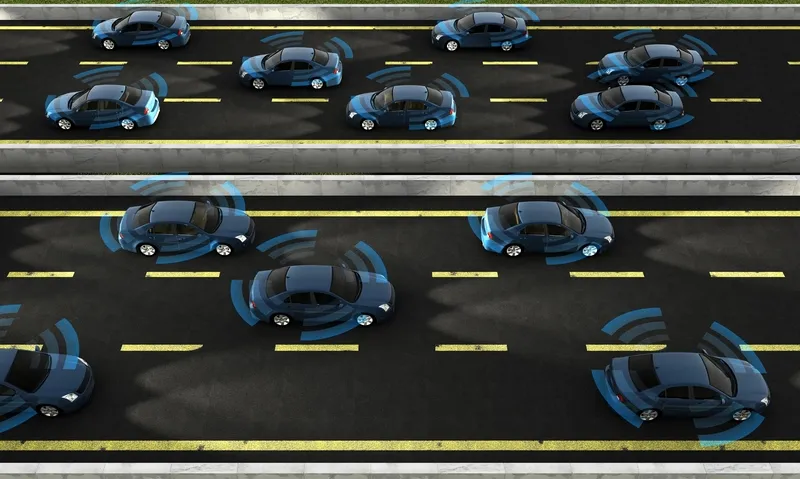The US Department of Transportation’s (DOT) Federal Railroad Administration (FRA) has awarded US$25 million in grants for 11 projects in six states and the District of Columbia to assist in implementing positive train control (PTC). Many awards will help railroads achieve interoperability among the different PTC systems that railroads are deploying.
PTC prevents certain train-to-train collisions, over-speed derailments, incursions into established work zone limits and trains going to the wrong tracks be
August 18, 2016
Read time: 2 mins
The 324 US Department of Transportation’s (DOT) Federal Railroad Administration (FRA) has awarded US$25 million in grants for 11 projects in six states and the District of Columbia to assist in implementing positive train control (PTC). Many awards will help railroads achieve interoperability among the different PTC systems that railroads are deploying.
PTC prevents certain train-to-train collisions, over-speed derailments, incursions into established work zone limits and trains going to the wrong tracks because a switch was left in the wrong position.
In 2008, Congress mandated PTC implementation on the main lines of Class I railroads and entities providing regularly scheduled intercity or commuter rail passenger transportation over which any poisonous or toxic by inhalation hazardous materials are transported, or over which intercity or commuter rail passenger transportation is regularly provided. The deadline was extended last October from 21 December 2015 to at least 31 December 2018.
Now, a status update released by the Federal Railroad Administration (FRA) underscores the need for railroads to implement positive train control (PTC) as quickly and safely as possible. The update also highlights the Administration’s repeated calls for Congress to provide more significant funding to assist commuter railroads in implementing PTC.
“The official deadline for Positive Train Control may be years away, but the urgency for railroads to activate it is now. Every day that passes without PTC, we risk adding another preventable accident to a list that is already too long,” said FRA Administrator Sarah E. Feinberg. “FRA will continue to push railroads to stay focused on implementation and urge Congress to fund this life-saving technology.”
“Positive Train Control should be installed as quickly as possible,” said U.S. Transportation Secretary Anthony Foxx. “This is lifesaving technology available now, and railroads should continue to aggressively work to beat the deadlines Congress has put in place.”
PTC prevents certain train-to-train collisions, over-speed derailments, incursions into established work zone limits and trains going to the wrong tracks because a switch was left in the wrong position.
In 2008, Congress mandated PTC implementation on the main lines of Class I railroads and entities providing regularly scheduled intercity or commuter rail passenger transportation over which any poisonous or toxic by inhalation hazardous materials are transported, or over which intercity or commuter rail passenger transportation is regularly provided. The deadline was extended last October from 21 December 2015 to at least 31 December 2018.
Now, a status update released by the Federal Railroad Administration (FRA) underscores the need for railroads to implement positive train control (PTC) as quickly and safely as possible. The update also highlights the Administration’s repeated calls for Congress to provide more significant funding to assist commuter railroads in implementing PTC.
“The official deadline for Positive Train Control may be years away, but the urgency for railroads to activate it is now. Every day that passes without PTC, we risk adding another preventable accident to a list that is already too long,” said FRA Administrator Sarah E. Feinberg. “FRA will continue to push railroads to stay focused on implementation and urge Congress to fund this life-saving technology.”
“Positive Train Control should be installed as quickly as possible,” said U.S. Transportation Secretary Anthony Foxx. “This is lifesaving technology available now, and railroads should continue to aggressively work to beat the deadlines Congress has put in place.”









